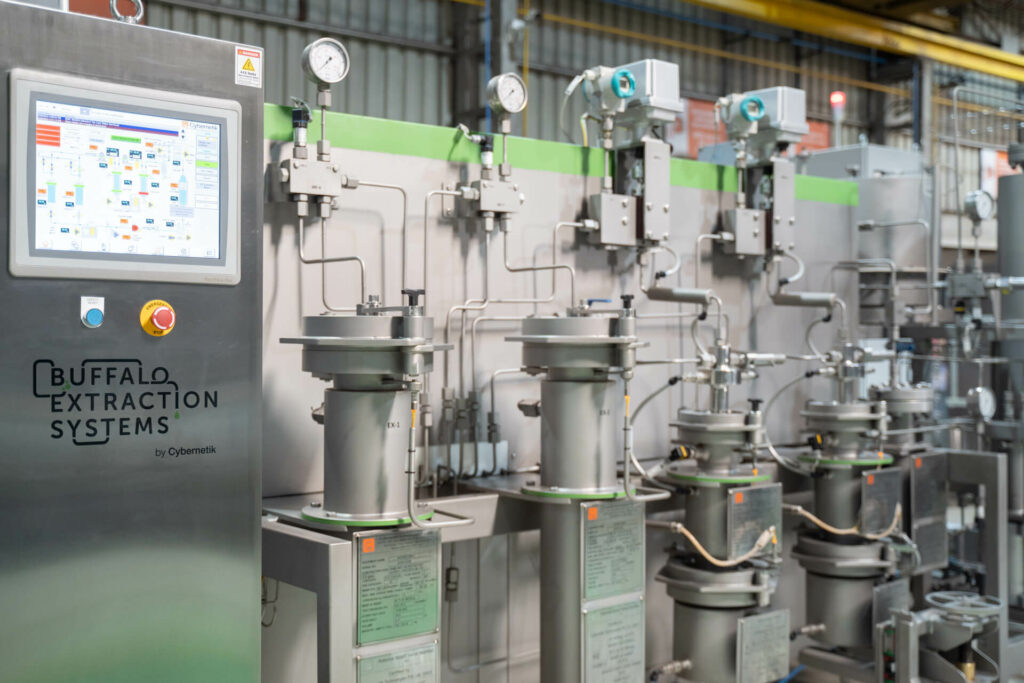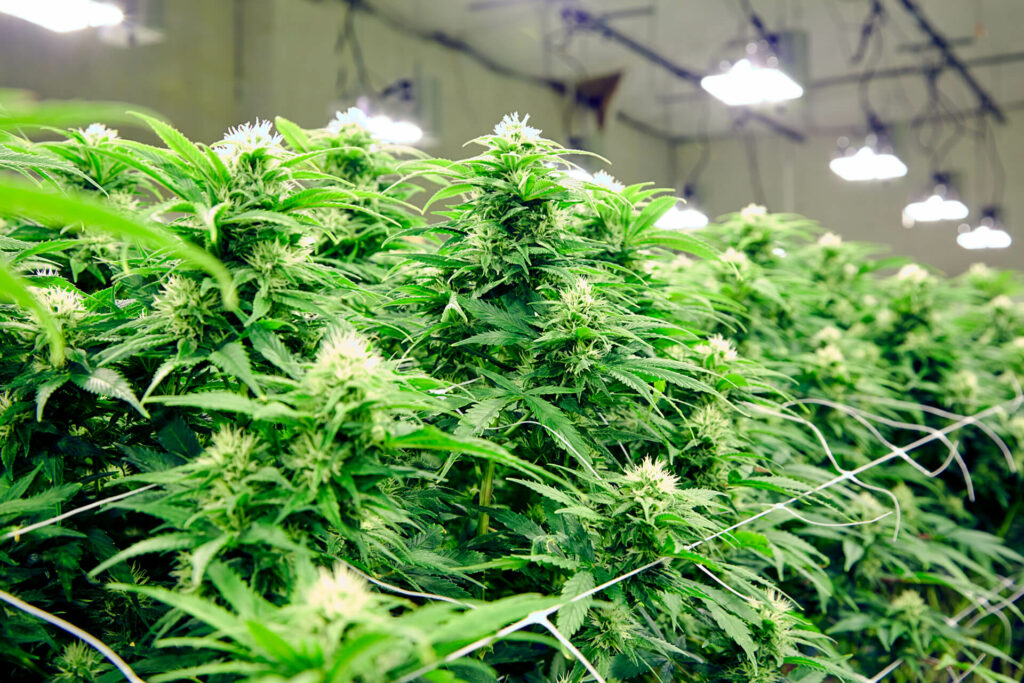In the rapidly evolving world of botanical and essential oil processing, CO2 extraction machines have become essential tools for producing high-purity extracts. From cannabis and hemp to nutraceuticals and specialty botanicals, these systems deliver high-quality oils, waxes, and concentrates without the need for chemical solvents. Supercritical CO2 extraction technology is highly versatile and scalable, but its effectiveness hinges on how operators manage and optimize extraction cycles. Whether operating a small-scale laboratory setup or a large industrial facility, understanding the nuances of pressure, temperature, flow rates, and preparation techniques is critical to maximize throughput—the total volume of extract produced per unit of time.
Supercritical CO2 extraction machines use carbon dioxide in a supercritical state—above 31°C and 73.8 bar—where CO2 behaves both as a liquid solvent and as a gas with high diffusivity. This unique combination allows CO2 to penetrate biomass efficiently, dissolve target compounds, and deliver clean, solvent-free extracts with minimal thermal degradation. However, without careful optimization, extraction cycles can drag on for several hours, resulting in inefficient throughput, lower yields, and increased operational costs. The cost of these systems—ranging from smaller lab-scale units to advanced multi-extractor industrial machines—makes optimizing throughput essential to justify the investment and maximize ROI.
Understanding Extraction Cycles in CO2 Extractors
A typical extraction cycle in a CO2 extraction machine includes multiple stages: loading the biomass, pressurizing the chamber, running the supercritical fluid through the material, separating the extract, and depressurizing for unloading. Each phase contributes to the overall cycle time, and inefficiencies at any stage can bottleneck throughput.
Throughput is maximized when operators streamline these stages, minimize idle periods, and ensure the CO2 solvent contacts the biomass effectively. Poorly optimized cycles can lead to incomplete extractions, wasted solvent, overworked pumps, and stress on the extractor vessel. Operators looking to invest in a CO2 extraction machine for sale should consider models with automated cycle management features. Closed-loop CO2 extractor systems, which recycle CO2, are especially beneficial, as they reduce solvent consumption while enabling faster cycle times. By integrating automation, monitoring, and precise parameter control, operators can transform their CO2 extraction process into a highly efficient and repeatable workflow.
Balancing yield per batch with cycle time is critical. Even small improvements in extraction efficiency or cycle duration can result in significant daily throughput gains, particularly in high-volume industrial setups.
Pressure Optimization for Faster Cycles
Pressure is the primary driver in any supercritical CO2 extraction operation. Higher pressures increase the density of CO2, enhancing its ability to dissolve oils, resins, and other target compounds from biomass. The correct pressure ensures faster mass transfer and reduces the time needed for the CO2 to reach equilibrium with the material.
Operators should gradually ramp pressure during the initial static phase of the extraction. This approach prevents channeling, where CO2 flows unevenly through the biomass, leaving pockets of material under-extracted. Modern CO2 extraction machines are often equipped with pressure sensors and automated feedback systems, enabling operators to adjust pressure dynamically throughout the cycle. This real-time control not only improves throughput but also ensures consistent yields from batch to batch.
Temperature Control to Accelerate Solubility
Temperature plays a critical role in supercritical CO2 extraction. CO2’s solvating ability, viscosity, and diffusion rate are directly influenced by temperature, which impacts how quickly compounds can be extracted.
Operators should preheat the extractor vessel to reduce ramp-up time and maintain stable thermal conditions during extraction. Jacketed vessels with integrated temperature controllers allow precise heat management, avoiding overshooting or undershooting the target temperature, which can prolong extraction cycles or degrade heat-sensitive compounds. In some cases, co-solvents such as ethanol can be introduced to enhance solubility for specific polar compounds. Using co-solvents carefully allows operators to speed extraction without compromising the purity or chemical profile of the final product.
Flow Rate and Solvent-to-Feed Ratio for Efficiency
The flow rate of CO2 determines how effectively the solvent interacts with the biomass. Too slow a flow limits extraction efficiency, while excessively high flow rates can dilute solvent contact, reducing yield. Similarly, the solvent-to-feed ratio (SFR) must be optimized to balance cycle duration with CO2 usage.
Automated flow control systems allow operators to maintain consistent extraction rates, ensuring that the CO2 remains in optimal contact with the biomass throughout the dynamic phase of the cycle. Pre-purging the lines before each run prevents interruptions and ensures smooth operation, reducing downtime and increasing total throughput. Variable-speed pumps are particularly beneficial, allowing the extraction rate to be tailored to the size and composition of the biomass being processed.
Particle Size and Biomass Preparation
Proper biomass preparation is often overlooked but is one of the most effective ways to improve throughput. Grinding biomass to a consistent particle size increases the surface area available for extraction, improving mass transfer. However, particles that are too fine may cause clogging or slow down the extraction process. Operators should also ensure the material is adequately dried to prevent clumping, which can impede solvent flow and extend cycle times. By optimizing particle size and moisture content, operators can achieve higher extraction efficiency in shorter cycles.
Co-Solvents and Additives
Introducing co-solvents such as ethanol or ethanol-water mixtures can significantly improve the extraction of certain compounds, particularly non-lipophilic substances like phenolics. Adding co-solvents at the correct stage of the cycle ensures even distribution and accelerates extraction. Care must be taken to avoid exceeding optimal concentrations, which can cause phase separation or complicate downstream processing. Proper use of co-solvents can reduce cycle duration and improve overall throughput in closed-loop CO2 extraction systems.
Automation and Monitoring
Modern supercritical CO2 extraction machines often include PLC-integrated control systems and SCADA interfaces that allow operators to monitor real-time process parameters. Automated cycle management can predict optimal endpoints, prevent over-extraction, and reduce downtime caused by human error. Predictive maintenance, including monitoring of chillers, pumps, and filters, ensures high uptime, further maximizing throughput.
Economic Considerations
Optimized extraction cycles directly impact operational costs and ROI. Faster cycles reduce energy consumption, increase daily output, and minimize labor associated with downtime. Even mid-range systems, when fully optimized, can process significantly more material per day, delivering better returns and justifying higher equipment investments. Operators should consider cycle optimization capabilities when evaluating CO2 extraction machines for sale, as these features have a substantial impact on long-term operational efficiency.
Case Studies and Real-World Impact
Operators using optimized extraction cycles have reported substantial throughput improvements. For example, in botanical and oilseed processing, adjusting pressure, temperature, and flow rates allowed operators to achieve higher yields in shorter cycle times. These practical results highlight the importance of cycle parameter optimization in maximizing output while maintaining product quality.
Conclusion
Optimizing extraction cycles in a CO2 extraction machine is crucial to unlocking the full potential of your system. By carefully controlling pressure, temperature, flow rates, particle preparation, and co-solvent use, operators can maximize yields, reduce cycle duration, and improve overall throughput. Modern automation and monitoring tools further enhance efficiency, ensuring reliable and repeatable performance. Whether upgrading an existing supercritical CO2 extractor or selecting a new system from available CO2 extraction machines for sale, prioritizing cycle optimization ensures scalable, efficient, and profitable operations. Proper optimization transforms CO2 extraction machines from costly bottlenecks into high-throughput workhorses capable of meeting the demands of today’s competitive botanical and nutraceutical markets.




